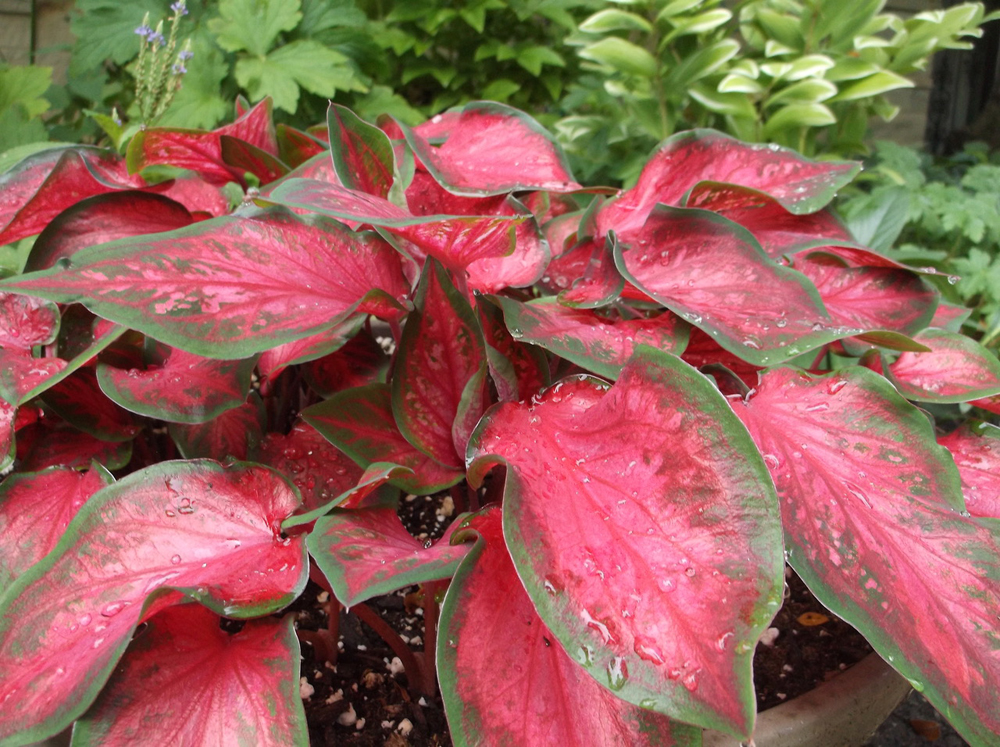Lessons from the Garden
The garden is a constant teacher. What did you learn this year? Here are the lessons from plant enthusiasts just like you.
No matter how long you’ve been gardening, there is always something new to learn. Mother Nature is a persistent teacher who continually challenges us, especially when we think we’ve got it all figured out. To close out the season, we asked a group of plant enthusiasts to share one thing they learned from their gardens this year. Here are their stories.
Aaron LeBoutillier, Garden Answer, Videographer
“This year I learned that if you want lower maintenance containers throughout the growing season, you should use fewer plants. You’ll sacrifice a little beauty at the beginning of the season because things are still small, but they will quickly fill in and look great without competing with each other for space.”
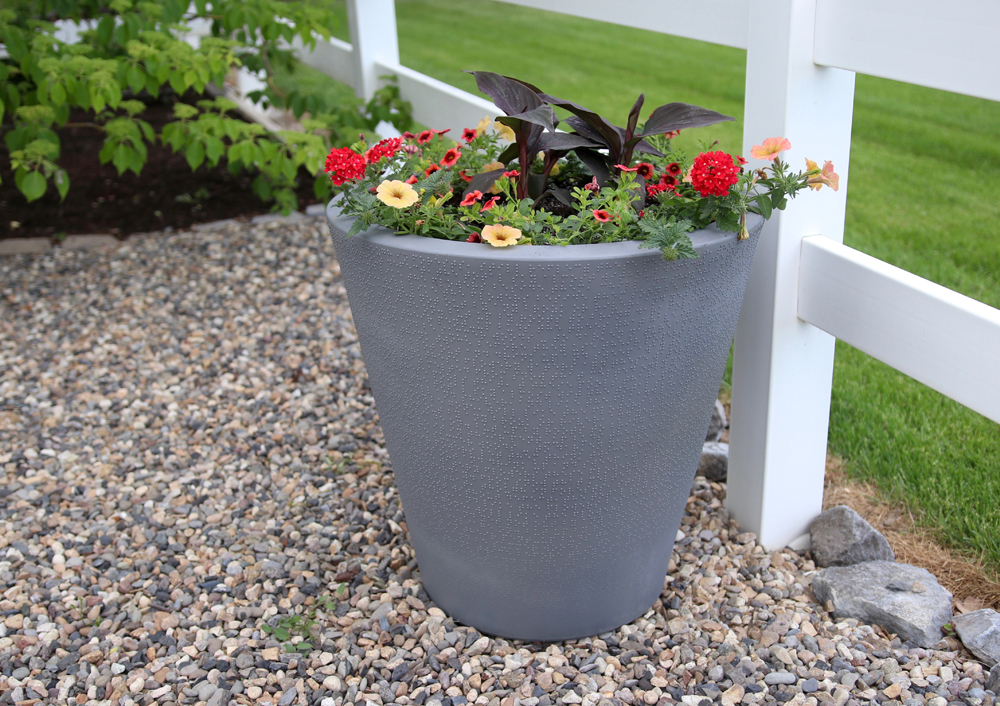
Angie & Ambrose Salazar, Garden Obsessions, Budding Influencers
“Just like our military lifestyle, plants adapt and overcome to thrive in a number of circumstances. Like us—we accept the challenge and adjust accordingly.”
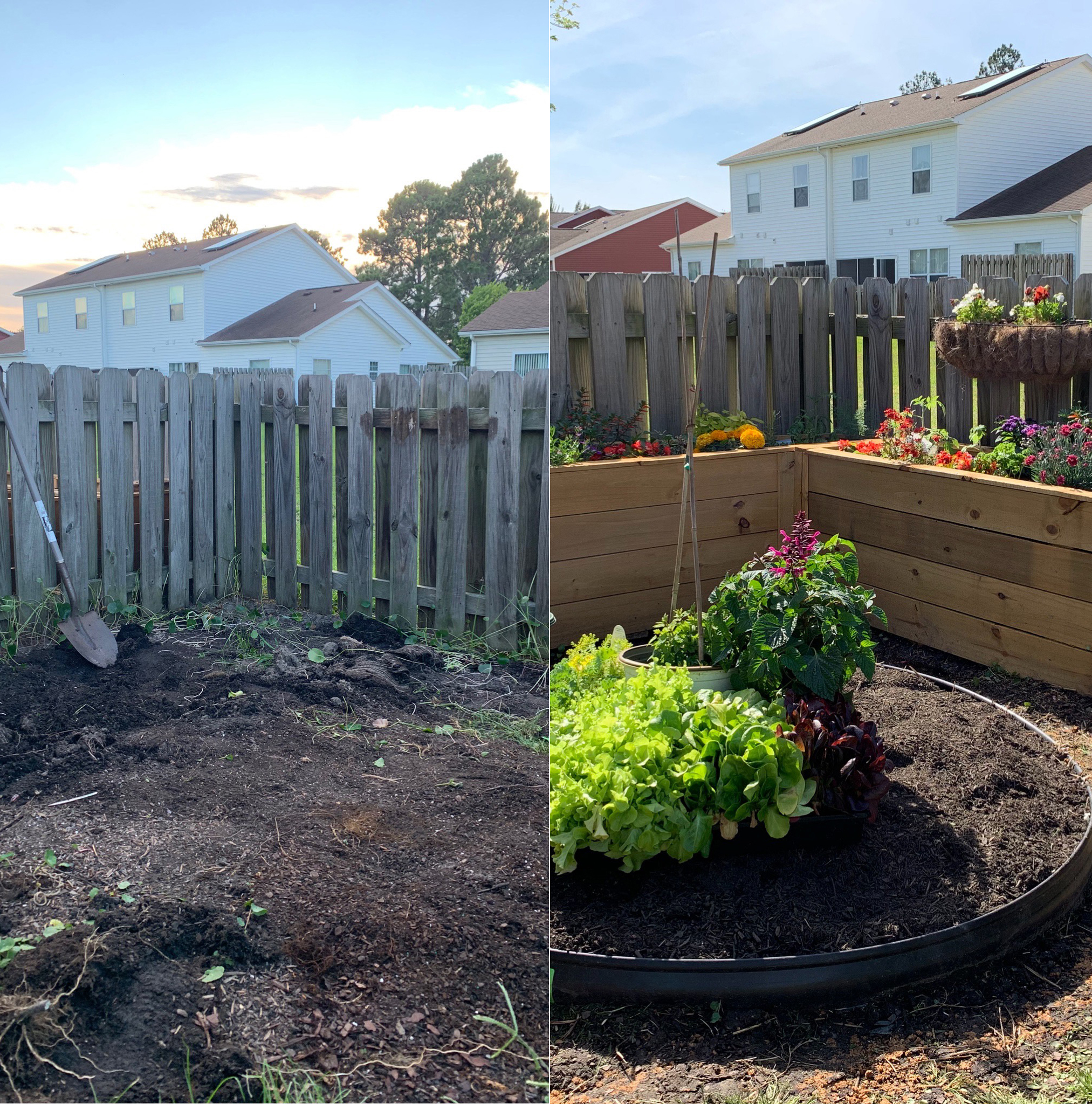
Ann Tice, Champaign County Illinois Master Gardener Idea Garden Trial Volunteer
“I learned a bit about the Brix scale for tomatoes, inspired by the comment that the new Goodhearted cherry tomato has a high Brix value of 9. Brix is a measure of the sugar content of a liquid. It is often used for wine, fruit juice or honey, but is also used in some vegetables and tomatoes. The value can vary with growing conditions.
“A high sugar and high acid content seem to be better for taste in tomatoes. Grocery store or commercial tomatoes are said to have Brix values from 1-5. Brandywine is a 6, Black Prince a 7, and Sungolds (my all-time favorite cherry tomato) are reported to have a value of 8-12. Sungold cherry tomatoes make the BEST tasting golden soup or sauce.”
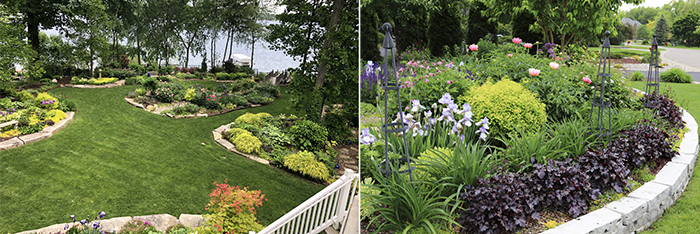
Bernadette Clark, North Carolina State University, Lifelong Learner
“Cuphea 'Honeybells', a variety new to me, was quite the pollinator magnet. One morning, on my normal pass through the gardens, I happened to stop by these plants and noticed all this activity. There were so many bees on these small plants that all the plants were quivering! Sometimes you have to slow down and sit (or stand) quietly in your garden to be aware of all the goings on.”
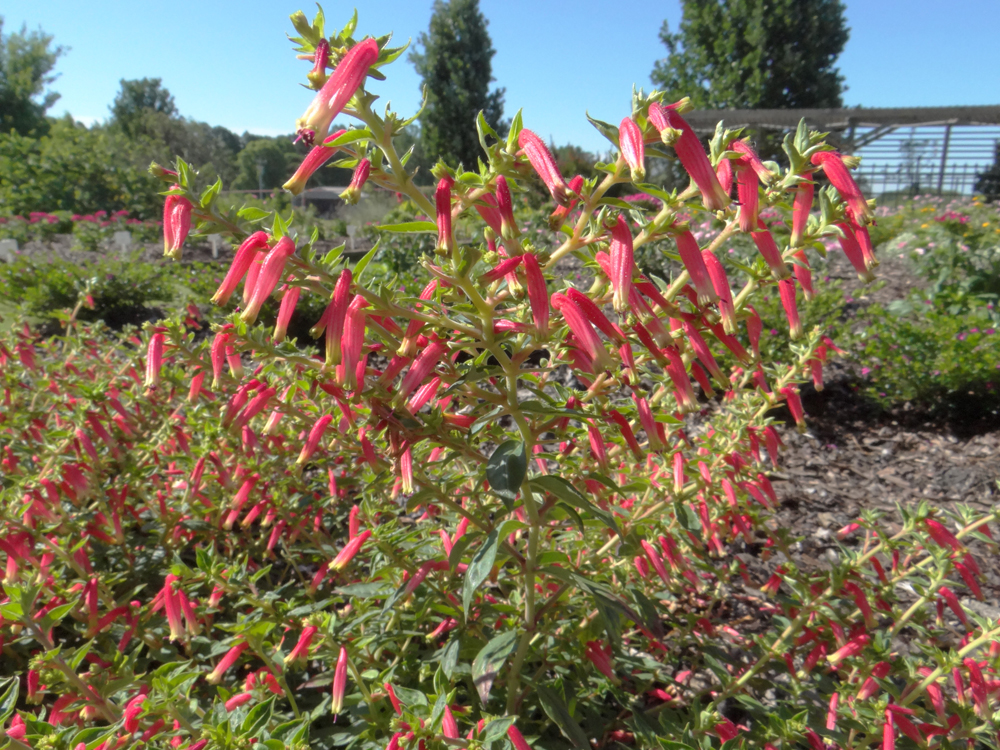
Brent Pemberton, Texas A&M AgriLife Research Professor and Regents Fellow, Annual Color Garden Lover
“I knew that a few species, such as begonia, benefit from an early spring planting for establishment prior to summer heat in our hot and humid climate. I learned this is also true for salvias this year. Last year, an early summer coupled with a late planting was a disaster. This year, an early planting coupled with a normally ‘warm’ June resulted in plants that were thriving in the heat of mid-July.”
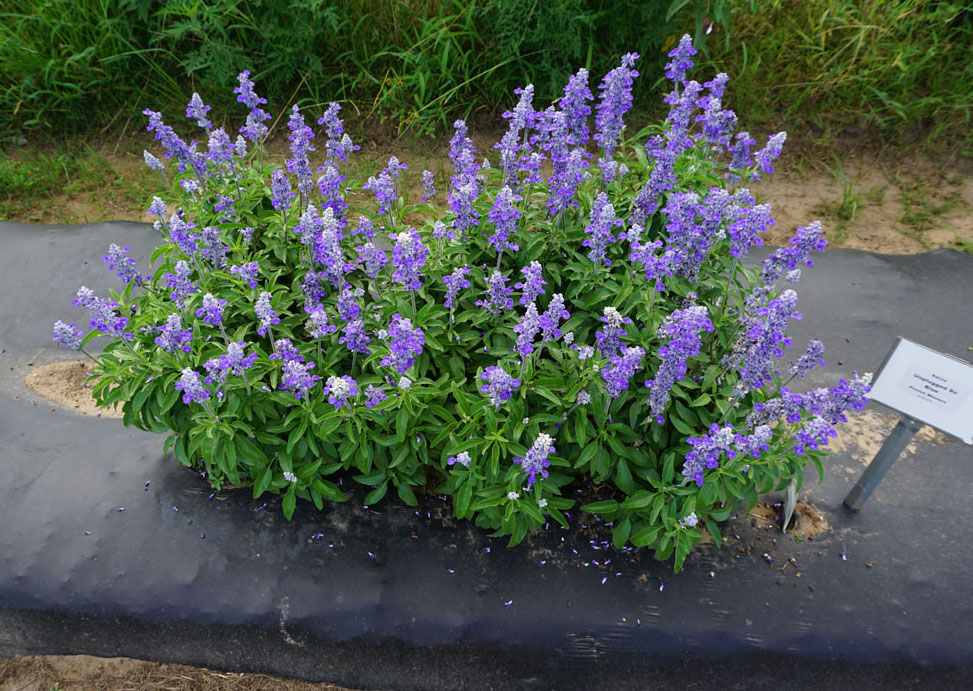
Chris Sabbarese, Corona Tools Digital Marketing and Communications Manager, California Gardener
“In late spring this year, I repotted an orange tree that was growing in a container for the better part of 15 years. I had cut off the bound roots to stimulate new root growth and used some good soil for citrus trees.
“Weeks turned into months and the tree showed no signs of new growth. I thought for sure I had killed it. I mentioned it to Stacey Hirvela at Proven Winners during a podcast and she explained that if the tree was still green on top, don’t worry. All of its energy was going into root growth and development. She also explained that cooler temperatures promote root growth, so repotting in the fall would have likely been a better option. Great lesson learned this season!”
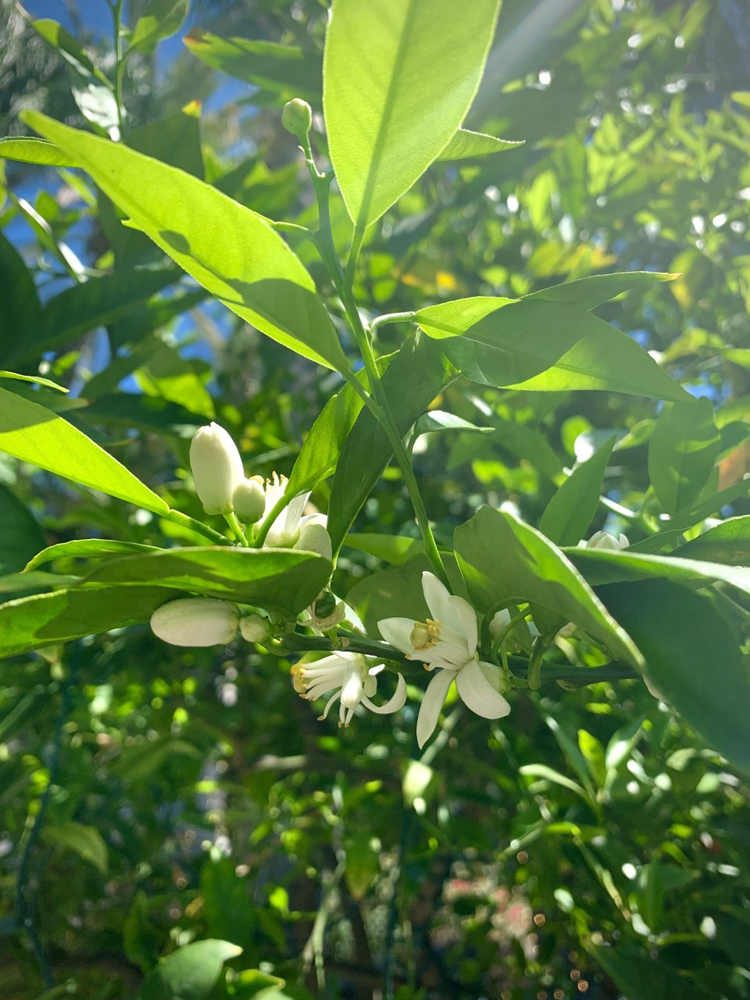
Chris Schlenker, McCrory Gardens at South Dakota State University, Head Gardener
“The most eye-opening thing I learned this year was the history and importance of fire in North America’s forest and grassland ecologies. As devastating as these fires can be to human infrastructure, the results of periodic prescribed burns on the ecology of these different areas was amazing.”

Christa Steenwyk, Walters Gardens, Perennial Nut
“In the past my gardening style has been more of a collection garden that features 3-5 of my favorite plants, plants that were gifted to me, etc. I had a small garden and enjoyed having many varieties of perennials, shrubs, and annuals in my garden.
“I recently sold my house and am living in a rental home while my next home is built. This has completely changed my gardening approach since my current home is temporary and I’m thinking about the next tenant of the house rather than my own gardening style. I have planted several larger drifts of some of my favorite plants including Summerific Evening Rose Hibiscus and love the impact large plantings have. I have received so many compliments!”

Cindy Meyers, Proven Winners Online Store Master
“I got out early in the spring to do some weeding and used some pre-emergent. To my surprise and delight, I found that even due to some gardening neglect because of my busy schedule, my garden can be forgiving! Early weeding, watering and using the right plants gave me a beautiful garden that brought both myself and the butterflies enjoyment…even without the greenest thumb. Woot, woot!”
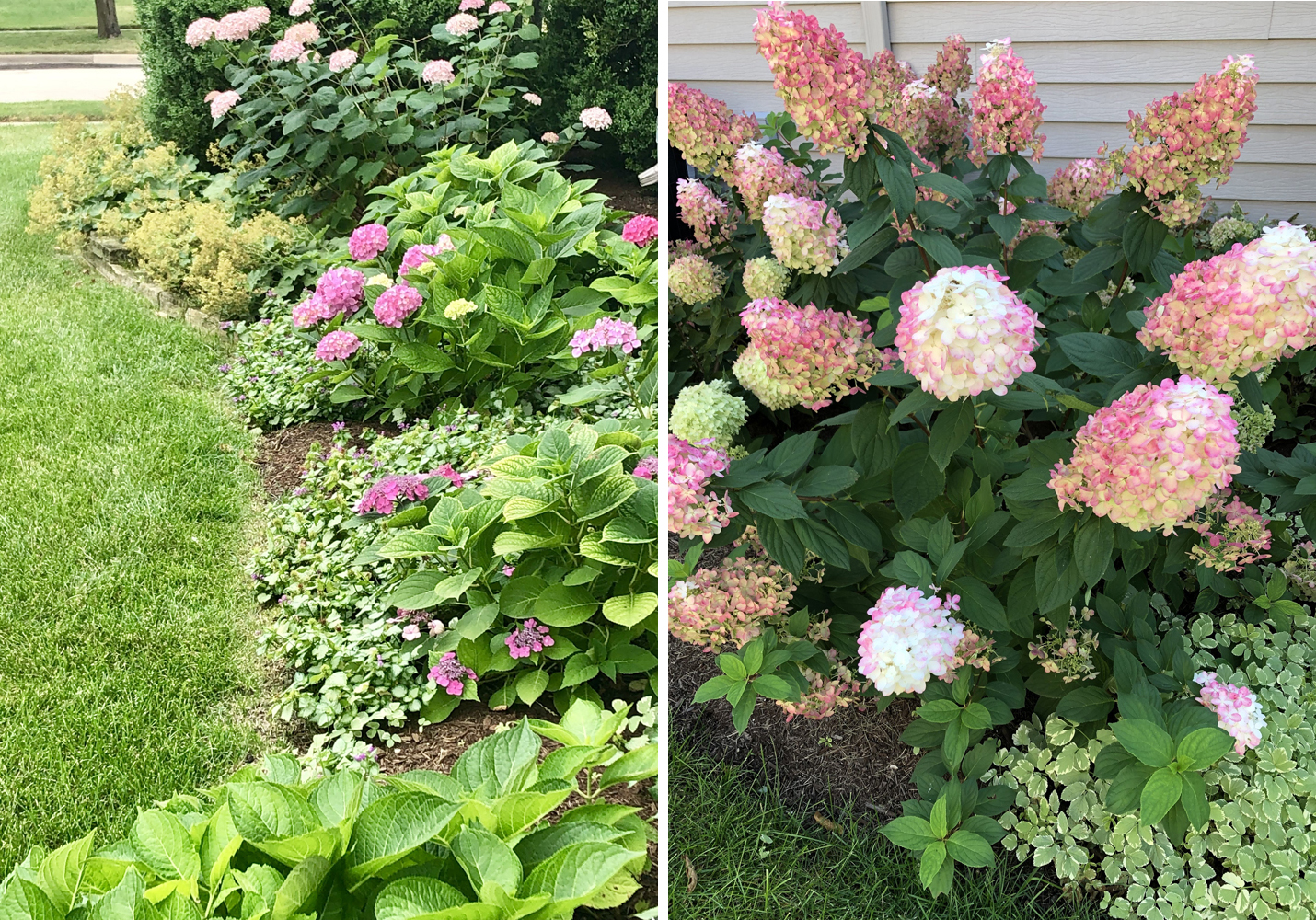
Daedre McGrath, Michigan State University Horticulture Gardens Trial Manager
“In 2019, I was asked by a breeder to evaluate a handful of new tomato and pepper rootstock varieties they had developed. It involved growing the scion and rootstock varieties, grafting them together, and crossing my fingers that they would ‘take’. Surprisingly, I had about 90% success on the first try!”
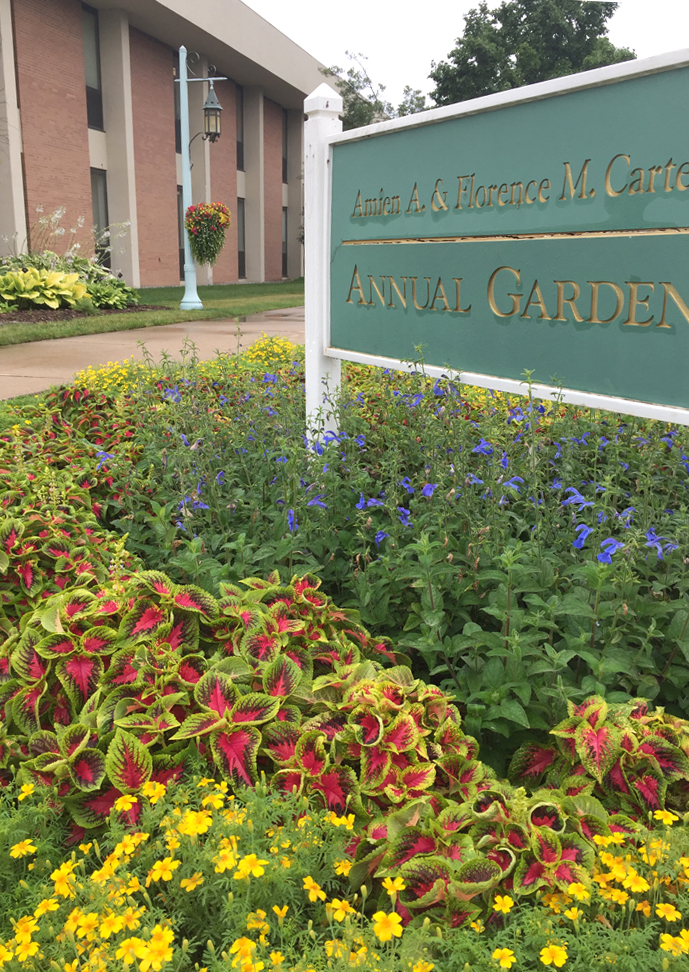
Deneen Shaffer, Penn State University Flower Trial Associate, Master Gardener
“Over the summer, I was lucky to include some Caladiums in my containers and throughout my landscape. I learned a few things about them this year along the way.
“Caladiums have no stems instead; the leaves are grown direct from the tuber on petioles. Caladiums have 1 of 2 types of leaves: Fancy (peltate), which have larger heart-shaped or semi-heart shaped leaves or Strap (lance-leafed), which have a shorter, more narrowed leaf. The Strap leaf Caladiums tend to have a shorter petiole and usually will produce more leaves than the fancy type. There are varieties bred for sun and shade and new varieties released each year.”
Heart to Heart™ ‘Lemon Blush’, ‘Scarlet Flame’ and ‘White Wonder’

Denise Mullins, Smith Gardens Inc. of Washington, Director of Product Innovation, Wizardry of Botanical Treasures
“I learned this year that if you are worm composting and you feed your worms the debris of the plants you want to feed your worm tea to, that those plants will grow bigger and stronger. For example, if you run tomato debris through your worm composter, the tea that is excreted by the worms will be the best liquid feed for your tomatoes!”
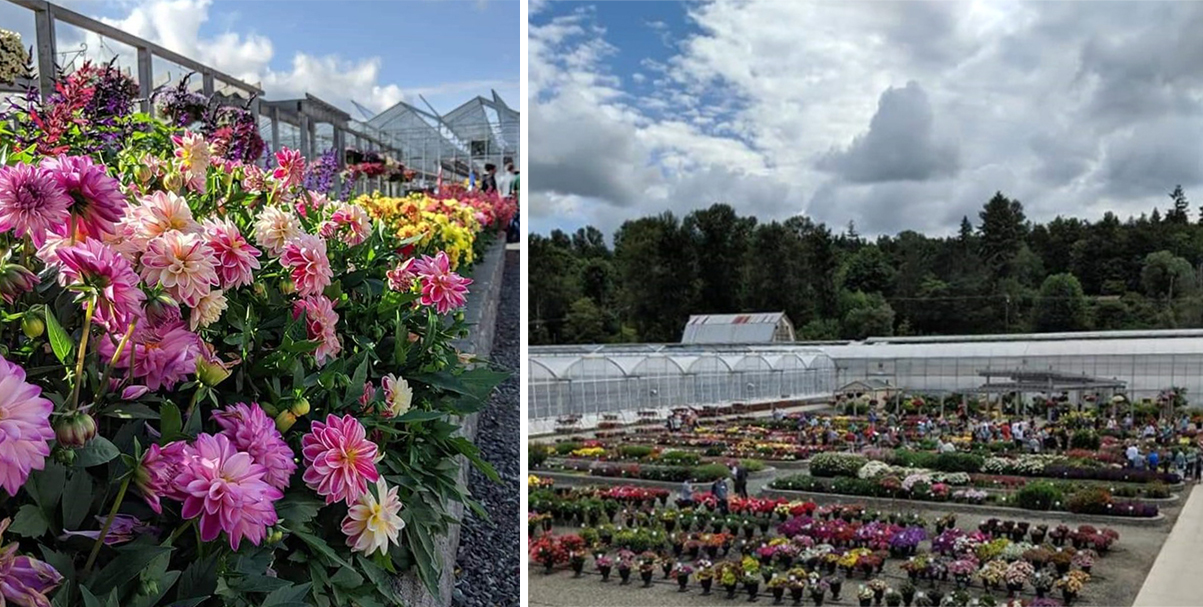
Evan Elenbaas, Walters Gardens, Avid Gardener
“Reflecting on this past gardening season, I was impressed with how much things change, making gardening a very different experience from one year to the next. There are so many variables such as weather patterns, pest issues that come and go, changing light levels due to shade trees being limbed up or removed, plants that may not have made it through the winter (or summer), and plants reaching maturity.
“I realized how durable and spectacular coleus can be in a container. ColorBlaze Sedona Sunset coleus ended up being the focal point on our front porch from midsummer through late fall. I had never grown it before and was impressed.
“In 27 years, we had never experienced mole issues, but with the above average rainfall we had, the clay soil in our backyard was much easier for them to tunnel through. This was also the first year we had paper wasps, garter snakes and even an Eastern box turtle trying to find a sheltered place to deposit its eggs.
“A small flowering dogwood which grew from a seed planted by birds is now well-branched and bearing its first set of flower buds. A magnolia which is now 4-5 years old finally has a whopping two flower buds. Will they be pink or white? Only time will tell. I’ve come to appreciate this year that the garden is never the ‘same old, same old’.”
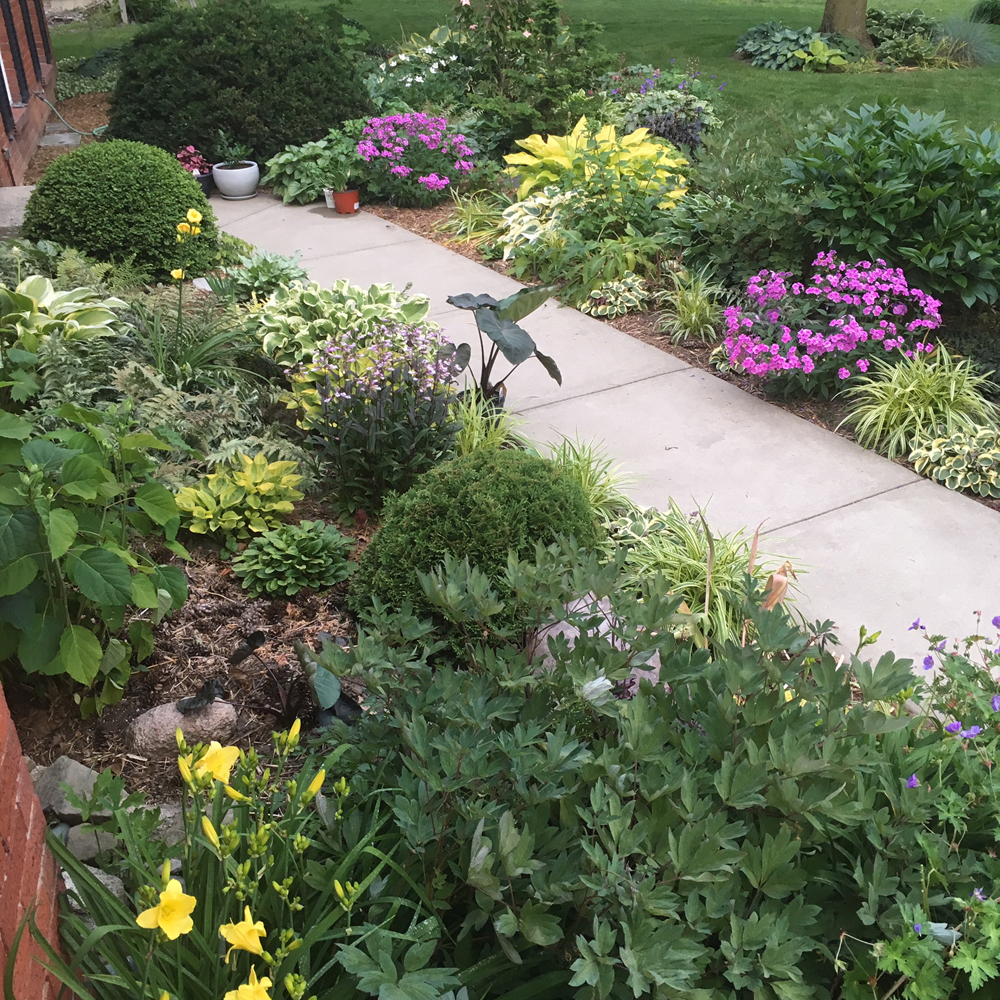
Gene Blythe, Auburn University, Horticulturist
“Petunias are surprisingly frost-tolerant and can take temperatures several degrees below freezing without damage to the vegetative growth. In southern Mississippi, we conducted research with various winter planting dates and determined that the first half of February works well for planting 4-inch pots of petunias into the ground. The plants focus their energy on root and shoot growth during the cooler days of winter, then explode with color upon the arrival of warm weather.
“In this picture, you can see the petunias are in full flower in mid-May at the South Mississippi Branch Experiment Station in Poplarville, Mississippi. The petunias were planted in mid-winter, allowing time for steady vegetative growth in preparation for an explosion of color in spring.”

Janet Draper, Smithsonian Gardens of Washington, D.C. Mary Livingston Ripley Garden Horticulturist, Gardening in front of millions of tourists for the past 23 years!
“I continue to learn every year. Here are a few things that have finally clicked with me.
“Travel is so important to really understanding a plant, especially when you see it growing in the wild. That can give insight into the growing conditions it is naturally adapted to. Example—seeing Helenium amarum growing along the wicked dry, gravely roadsides of Oklahoma. Light bulb! I was being too gentle with mine, giving it too rich of soil and too much water.
“I am also learning that much of what I have been taught as ‘good gardening practices’ are making gardening harder. Things like double digging, adding compost and constantly watering is right for Delphiniums in England, but wrong for the hot, humid MidAtlantic region. Those practices create excessively tall, weak plants that need staking. We have confused water with love.
“Lastly, I am really beginning to grasp is that a plant’s winter hardiness is often more related to soil drainage than low temperatures. In the DC Metro area, we have heavy clay soils that do not drain. Often, the roots of plants rot during the winter, whereas that same plant will survive lower temperatures in well-drained soils.”
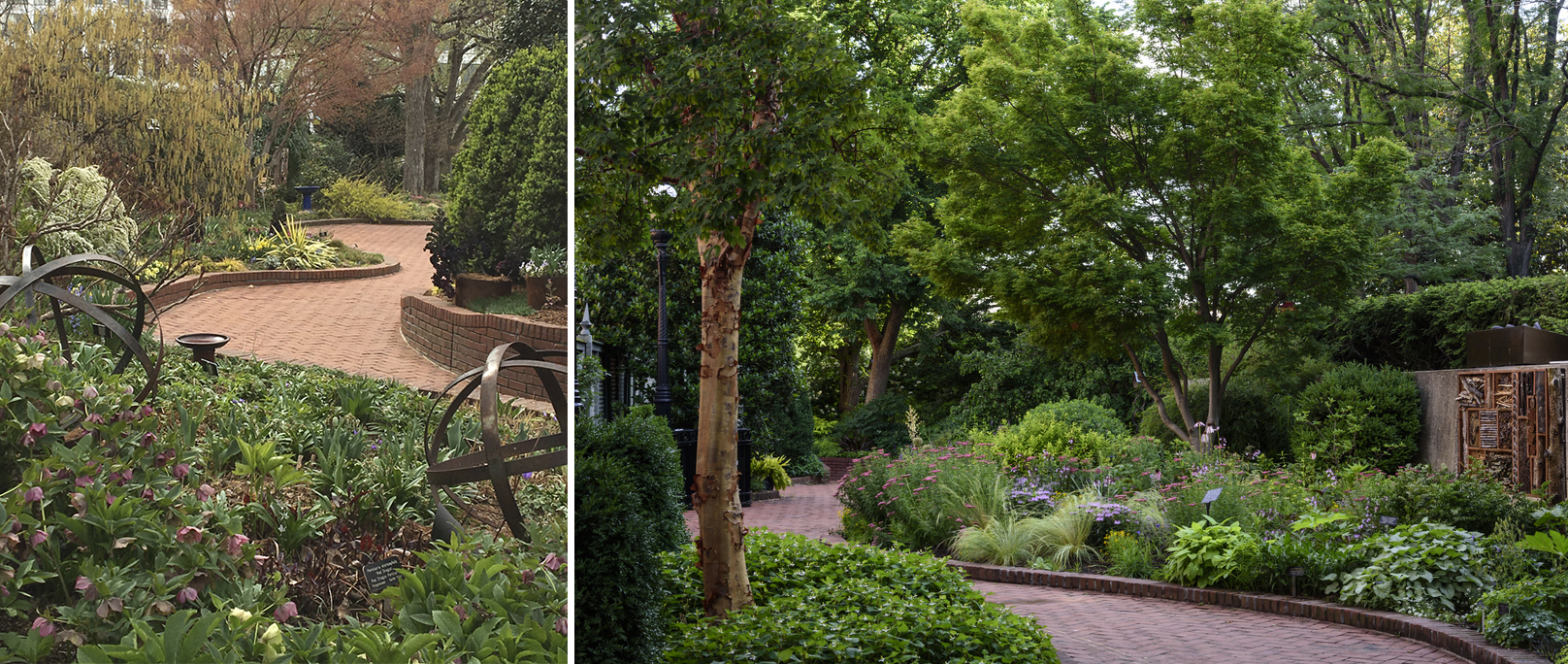
Jason Reeves, University of Tennessee Gardens Jackson Horticulturist and Curator, Plantaholic and Entomophile
“I learned monarch caterpillars do not limit themselves to plants in the genus Asclepias. They also eat giant milkweed, Calotropis gigantea which is in the same family. I have grown this tropical for over 10 years, wintering it in the greenhouse, but found monarchs on it this summer for the first time.”

Jeb Fields, Lousiana State University Ag Center Assistant Professor, Hammond Research Station Trials Director
“Gardening is such a fun and deep activity; you never stop learning. This year, I learned how important it is to incorporate contrast in colors into the landscape. Not only contrast with other plants, but also against backdrops, lawns and mulches. It can really make or break your design.”
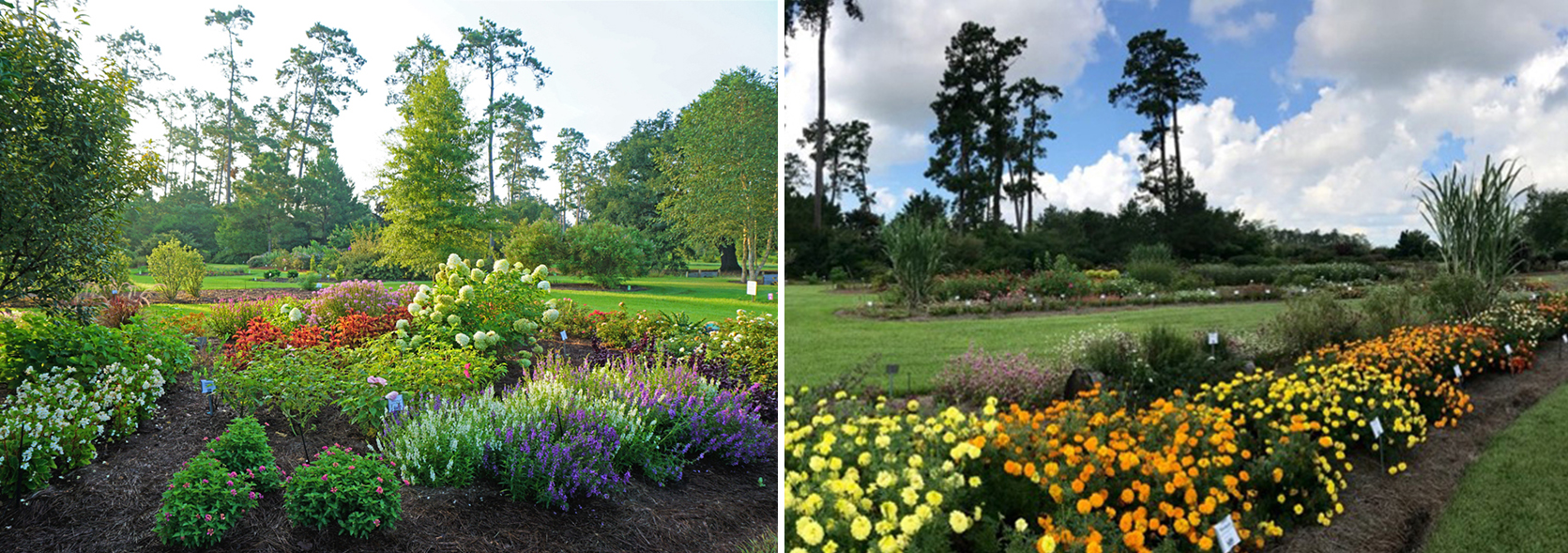
Jessica Cloninger, Boerner Botanical Garden Horticulturist and Trial Gardener, Plants-Cats-Food Lover
“If you forget to stake your large-flowering dahlias, don’t go back and try to force them. You will break all the branches and get few to no flowers. I stopped at plant number three in trying to do this. The unstaked ones, while slightly wild, looked way better than the ones I tried to force to be pretty.”
The amazing Allium tree at Boerner Botanical Garden!
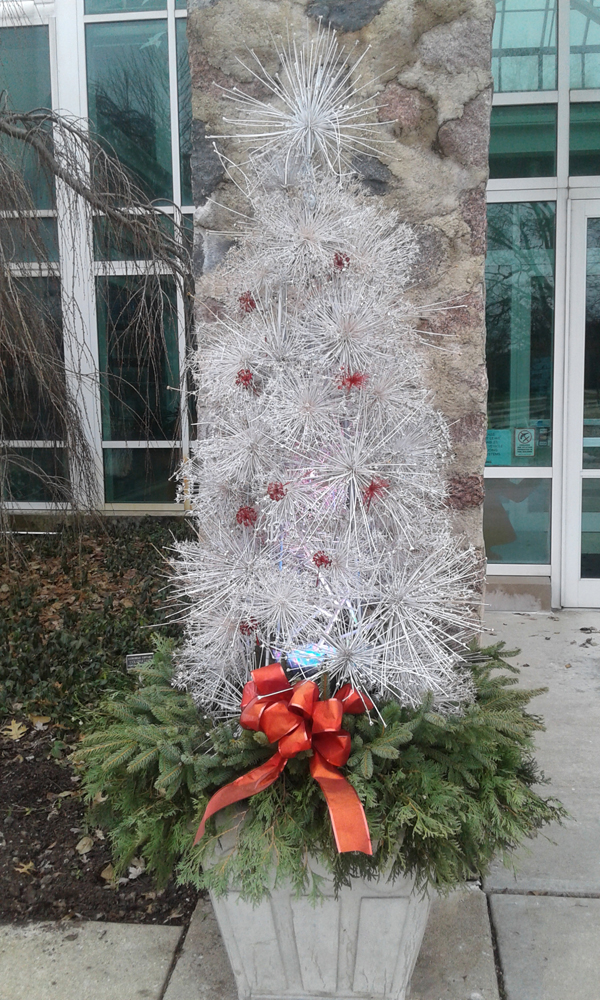
Jessie Liebenguth, Reiman Gardens, Iowa State University, Plant Production Perfectionist
“This year, I learned a lot about producing plants from unrooted cuttings. I’ve taken cuttings of geraniums and coleus before, but we haven’t done large-scale rooting projects in a long time. I was very uncertain about getting plants like lantana to root, but we had great success! I also continued to learn about plant pests and control options. We had a major mealy bug outbreak this year that required some new IPM methods.”

Jo Ellen Meyers Sharp, The Hoosier Gardener, GardenComm President
“This summer, I fell in love with the new, sun-loving caladiums, especially Heart to Heart™ ‘Scarlet Flame’. I planted the corms in late June, but they were up and showy by the end of July. A definite plus for planting again.”
